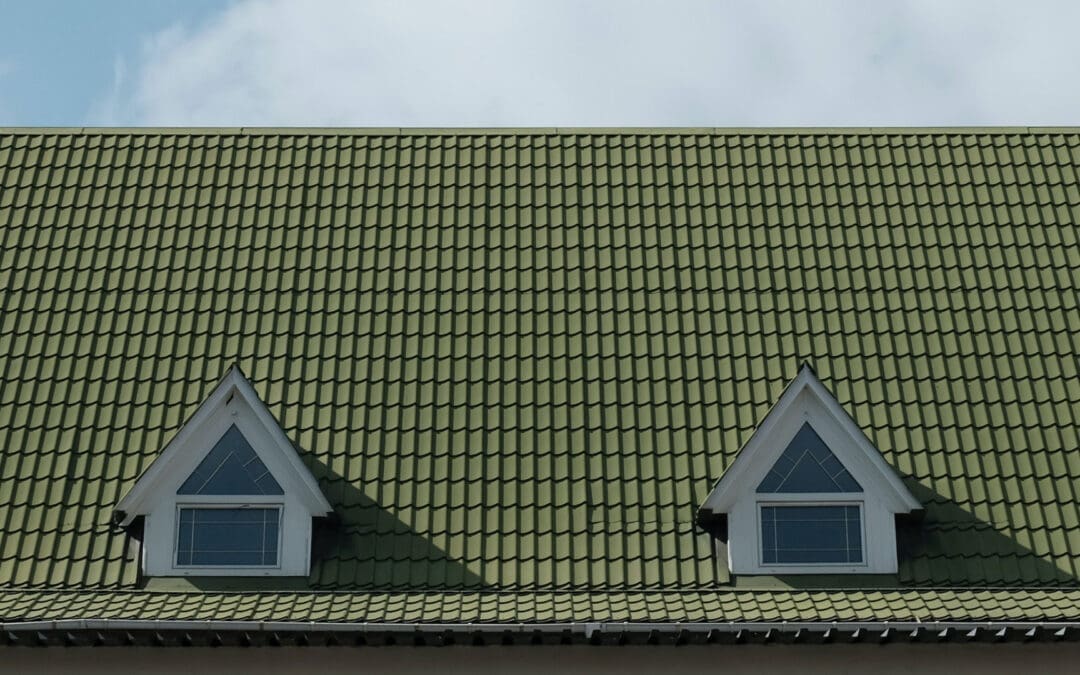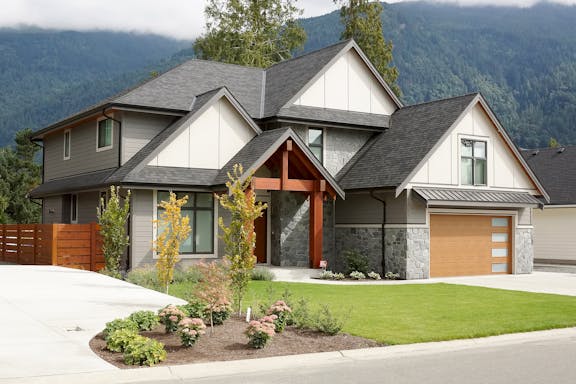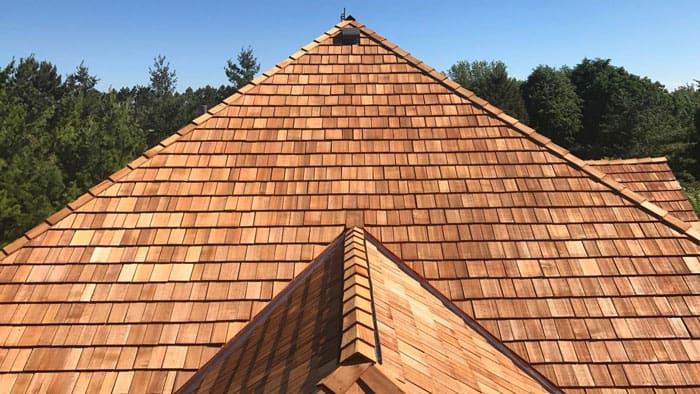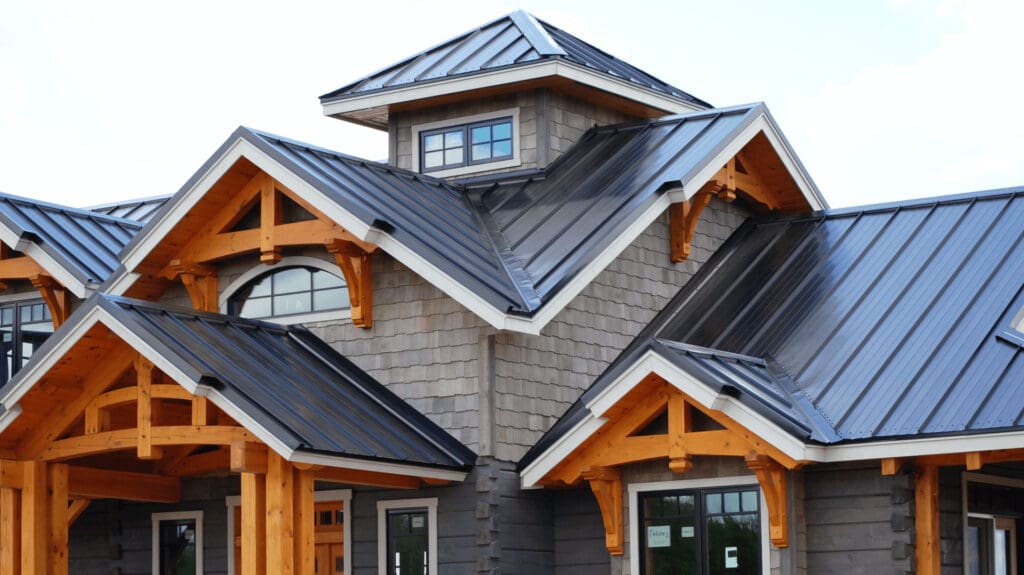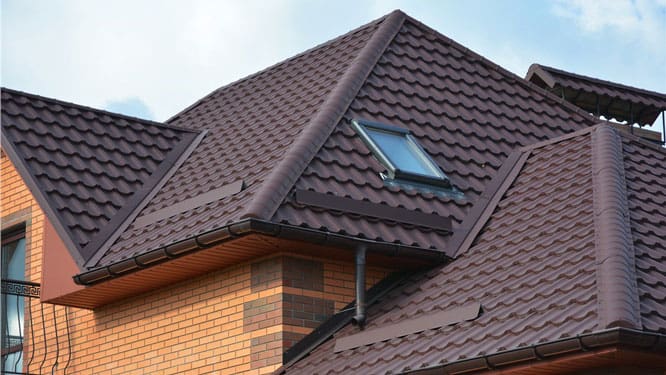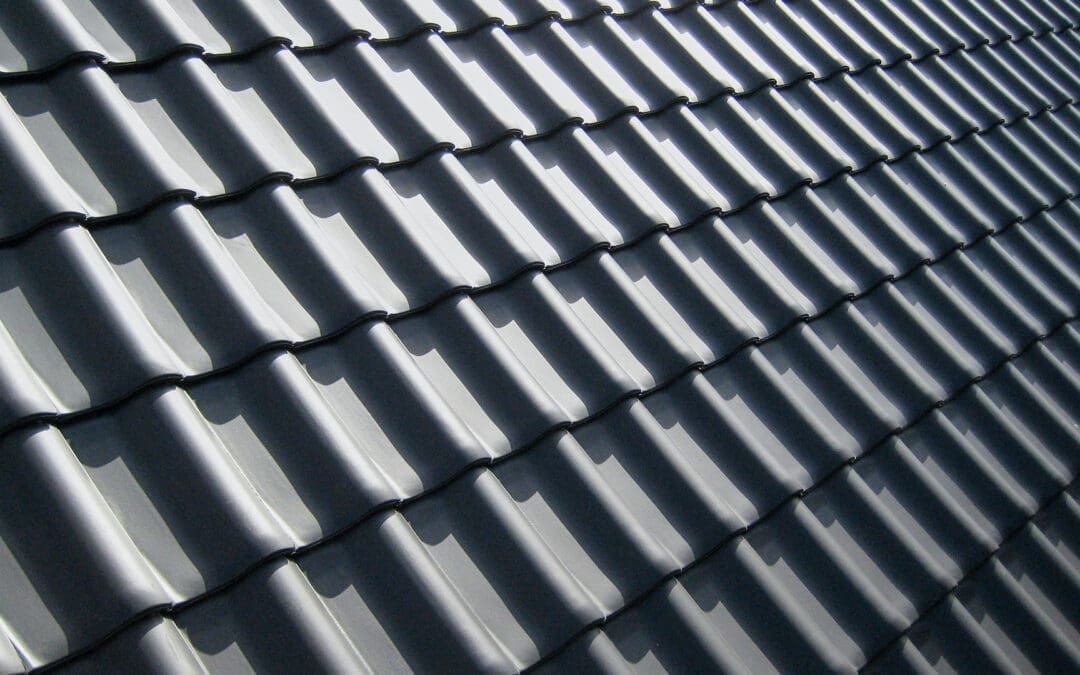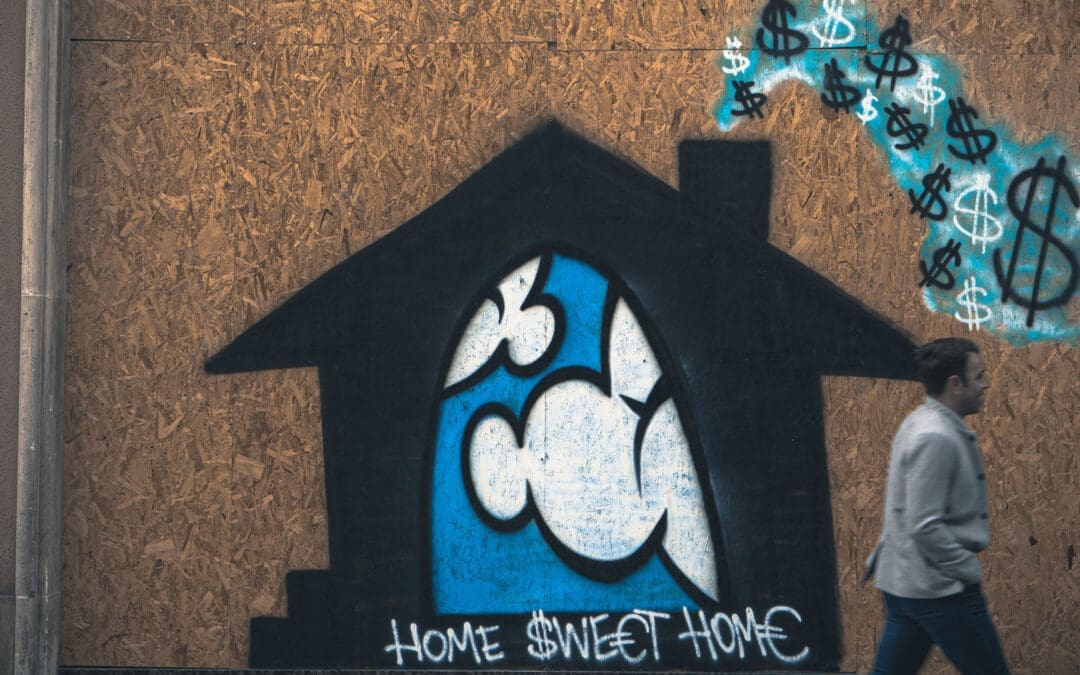
10 Stupid Simple Tips to Upkeep Your Roof’s Longevity
Do you know your roof’s standing?
Your roof is one of the most important components of your home. It protects the interior from outside elements like rain, snow, wind, and sun. To keep your roof in good shape and prevent costly repairs down the road, there are some key things every homeowner should know.
Table of Contents
- Inspect Your Roof Regularly – Schedule annual inspections to check for damage, leaks, curling shingles, etc. Do a walk around after major storms as well.
- Clear Debris – Keep your roof clear of leaves, branches, and other debris that can clog gutters and cause water damage.
- Trim Overhanging Trees – Trim back tree limbs that hang over your roof to prevent damage from falling branches.
- Replace Damaged Shingles – Fix or replace any cracked, missing, or curled shingles to prevent leaks.
- Reseal Flashings – Check flashing around chimneys, vents, and valleys for cracks and reseal as needed.
- Clean Gutters and Downspouts -Clogged gutters can lead to water backup and rot. Keep them clear of leaves and debris.
- Improve Attic Ventilation – Proper ventilation prevents heat and moisture buildup that can damage shingles. Install ridge vents.
- Re-coat Your Roof – Consider re-coating aging asphalt shingle roofs to protect and extend their lifespan.
- Hire a Professional Roofer – For major repairs and replacements, hire a licensed, insured roofer. Get multiple quotes.
- Practice Roof Maintenance – Make roof care a regular part of home maintenance. Spot problems early.
1. Inspect Your Roof Twice Annually
One of the key best practices is to inspect your roof thoroughly at least twice per year – in the spring and fall. Look for any signs of curling, cracked, loose or missing shingles. Pay close attention around roof penetrations like chimneys, skylights and vents where leaks often occur. Check flashings for cracks or deterioration. Also inspect areas where water pools after rainfall.
Additionally, inspect your roof after major storms. High winds can tear shingles and heavy rains can expose tiny cracks that weren’t visible before. A quick post-storm inspection helps you address any new damage right away before interior leakage happens.
2. Clear Roof Debris
Make sure your roof surface is kept clear of excess debris like leaves, branches and buildup from nearby trees. A layer of debris left over the winter when snow melts can lead to mold, moss growth and rot. Excess weight from debris can also damage shingles. Carefully sweep or brush your roof clear, taking care not to scuff or crack brittle shingles.
3. Trim Overhanging Tree Branches
Trees located close to your home can cause damage to your roof from falling or broken limbs. Their branches may also abrade your shingles when wind blows. Regularly trim back any overhanging branches or remove dead limbs that pose an immediate danger of coming down on your roof. Keep tall trees adjacent to your home trimmed back so their height stays below your roof ridge line.
4. Repair or Replace Damaged Shingles
Do a thorough check each inspection for cracked, curled, loose or missing shingles. It’s easy to replace a few damaged shingles to prevent bigger issues. Match replacement shingles to existing ones as closely as possible. Re-secure any curling shingles by carefully nailing down edges. Replace old roof cement or flashing as needed.
5. Reseal Flashings
Places where your roof meets walls, dormers, chimneys and vent pipes need re-sealing over time as sealants degrade. Inspect flashings closely for cracked caulk, open seams, gaps or signs of deterioration and re-seal promptly. Use high quality roofing cement or silicone caulk to protect vulnerable areas and prevent leaks.
6. Clean Gutters & Downspouts
Clogged gutters are unable to divert rainwater away from your roof. This leads to leaks, water backups and rot damage, especially around eaves. Make sure gutters are kept cleared of leaves and other debris. A good thorough cleaning twice per year – spring and fall – will minimize buildup. Ensure downspouts are securely connected and draining water several feet away from your home’s foundation.
7. Improve Attic Ventilation
Proper airflow under your roof is important to prevent excessive heat and moisture buildup that can warp shingles and rot wood decking. Make sure existing vents and roof turbines aren’t obstructed by insulation or debris. Having adequate ventilation prevents ice dams as well. Consider adding more vents, attic fans or ridge venting if needed.
8. Consider Re-Coating Asphalt Shingle Roofs
For aging asphalt shingle roofs, applying a protective re-coating product can extend their useful life 5-10 more years. Reflective coatings also improve energy efficiency. Hire a roofing contractor to ensure proper application for maximum longevity of your asphalt shingle roof.
9. Have an Annual Professional Inspection
While diligent self-inspections are great, it’s also wise to have your roof inspected annually by a professional roofing contractor. They are qualified to spot subtle signs of damage and underlying issues you might miss. Their expert advice will help you prioritize roof repairs and catch problems before leaks occur.
10. Make Roof Maintenance a Priority
Don’t let roof care fall through the cracks. Add it to your regular home maintenance schedule like gutters, exterior paint and appliance servicing. When your roof is properly maintained and damage is caught early, you’ll avoid costly emergency repairs later on. Your diligence will be rewarded with a longer lasting trouble-free roof.

